With the Tenderness of a Mother
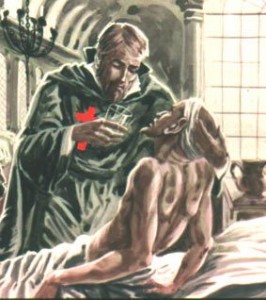 In that place Camillus and his friends worked and gradually became a new religious Congregation: the Order of the Ministers of the Sick. For them the hospital was everything and in their service they began to leave the mark of the charism that Camillus was transmitting to his companions: the charismatic quality of tenderness.
In that place Camillus and his friends worked and gradually became a new religious Congregation: the Order of the Ministers of the Sick. For them the hospital was everything and in their service they began to leave the mark of the charism that Camillus was transmitting to his companions: the charismatic quality of tenderness.
Indeed, it was not unusual to meet him in the wards with a stance of authentic adoration of the sick, so great was the respect that he had for them. One witness declared that he had seen him ‘on his knees near a poor sick man who had a pestilential and stinking cancer in his mouth, it was not possible to bear such a stench, and with all of this Camillus was near to him breath to breath, he gave him words of very great affection, he seemed to be mad with his love, calling him in particular: my Lord, my soul, what can I do to serve you? Believing that he was his beloved Lord Jesus Christ’ (from the Acts of Canonisation).
His School: Heart and Intelligence
When in the evening he went back to the religious house he called his companions together, put a bed in the middle of the room, heaped up mattresses and bedclothes, asked one of them to lie down, and taught the others how to make a bed without disturbing the patient too much, how the sheets were changed, and how you had to keep your face turned towards the suffering. Then he made them do it and do it again. Every so often he shouted: “More heart, I want to see more maternal affection” or “More soul in those hands”. Camillus, who had not received a formal education and was able to receive priestly ordination only because of the merits he had acquired ‘in the field’, became, in fact, the founder of nursing care, testimony to which he left us in his ‘Rules to Serve the Sick Well’ (Archives of State, Milan), a valuable testimony to nursing techniques for the welfare of the sick.
The Experience of the Camillian Order
Gradually, the number of young men who wanted to share his life increased. Camillus in this way had an opportunity to ‘occupy’ other hospitals. He reached as far as Naples, Genoa, Milan and Mantua. Indeed, it was specifically in Milan that the hard question of hospitals broke out. Camillus on his own initiative, without consulting anyone, took this propitious opportunity to have the whole of the hospital entrusted to him, that is to say not only care for the patients but the entire material management of everything. For Camillus, anything that concerned, even remotely, his poor, the sick, was sacred and to be welcomed. By now near the end of his life, Camillus had fourteen religious houses, eight hospitals (for four of which he was completely responsible), 80 novices and 242 professed religious.
The Testament
Camillus died at the age of sixty-four but not without dictating his testament to bequeath the whole of himself. This testament is a total and minute handing over of himself: ‘I, Camillus de Lellis…leave my body of earth to the same land which produced it…I leave to the Devil, iniquitous tempter, all the sins and all the offences that I have committed against God and I repent from my soul…In the same way I leave and give my soul and every power of it to my beloved Jesus and his Holy Mother…Lastly, I leave to the Crucified Jesus Christ the whole of myself in soul and body and I trust that, by his immense goodness and mercy, he will receive me and forgive me as he forgave Mary Magdalene’.
Reconciled with life, he breathed his last on 14 July 1614.



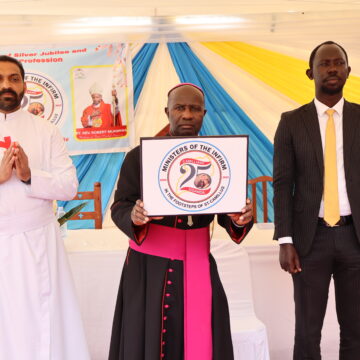
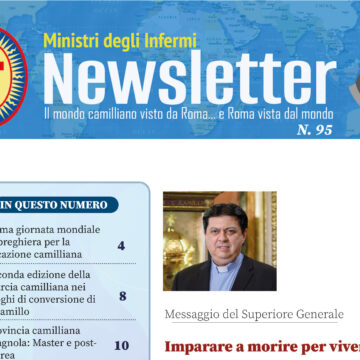
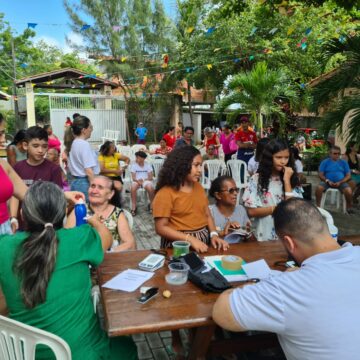
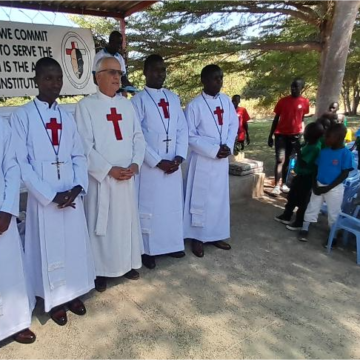
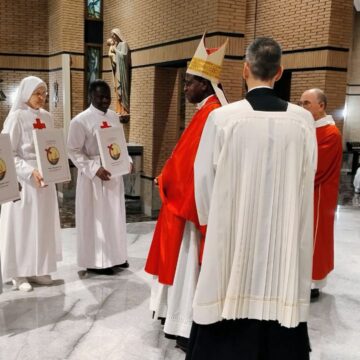

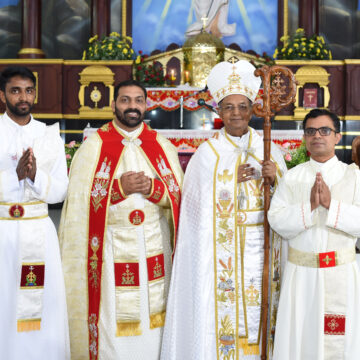
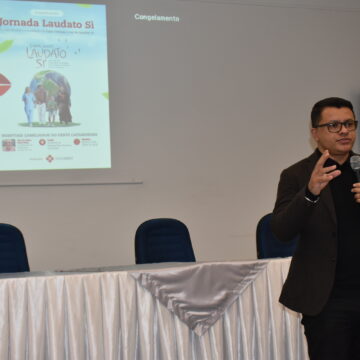
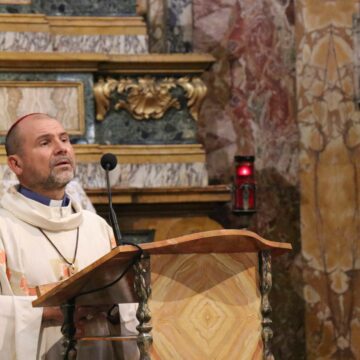
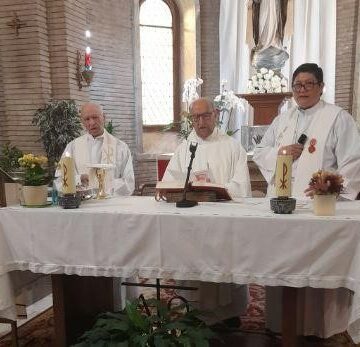
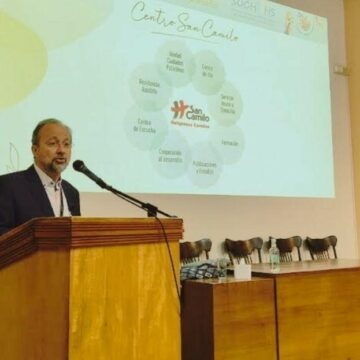
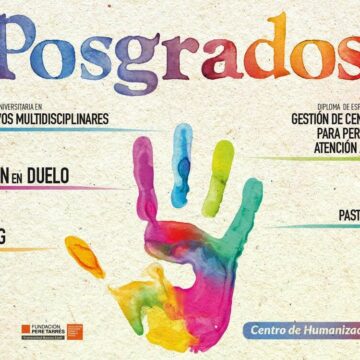
Camillians on Facebook
Camillians on Twitter
Camillians on Instagram